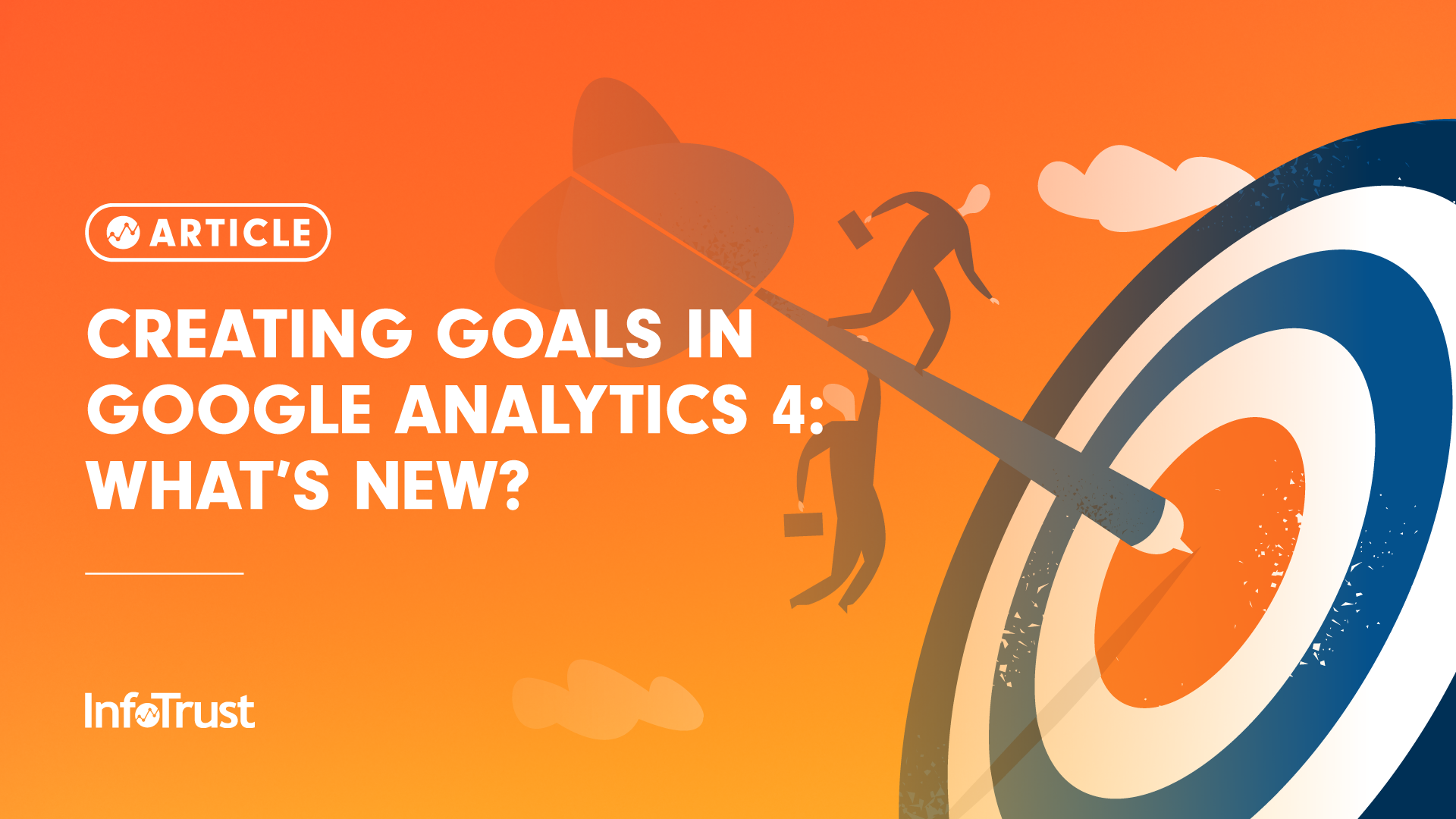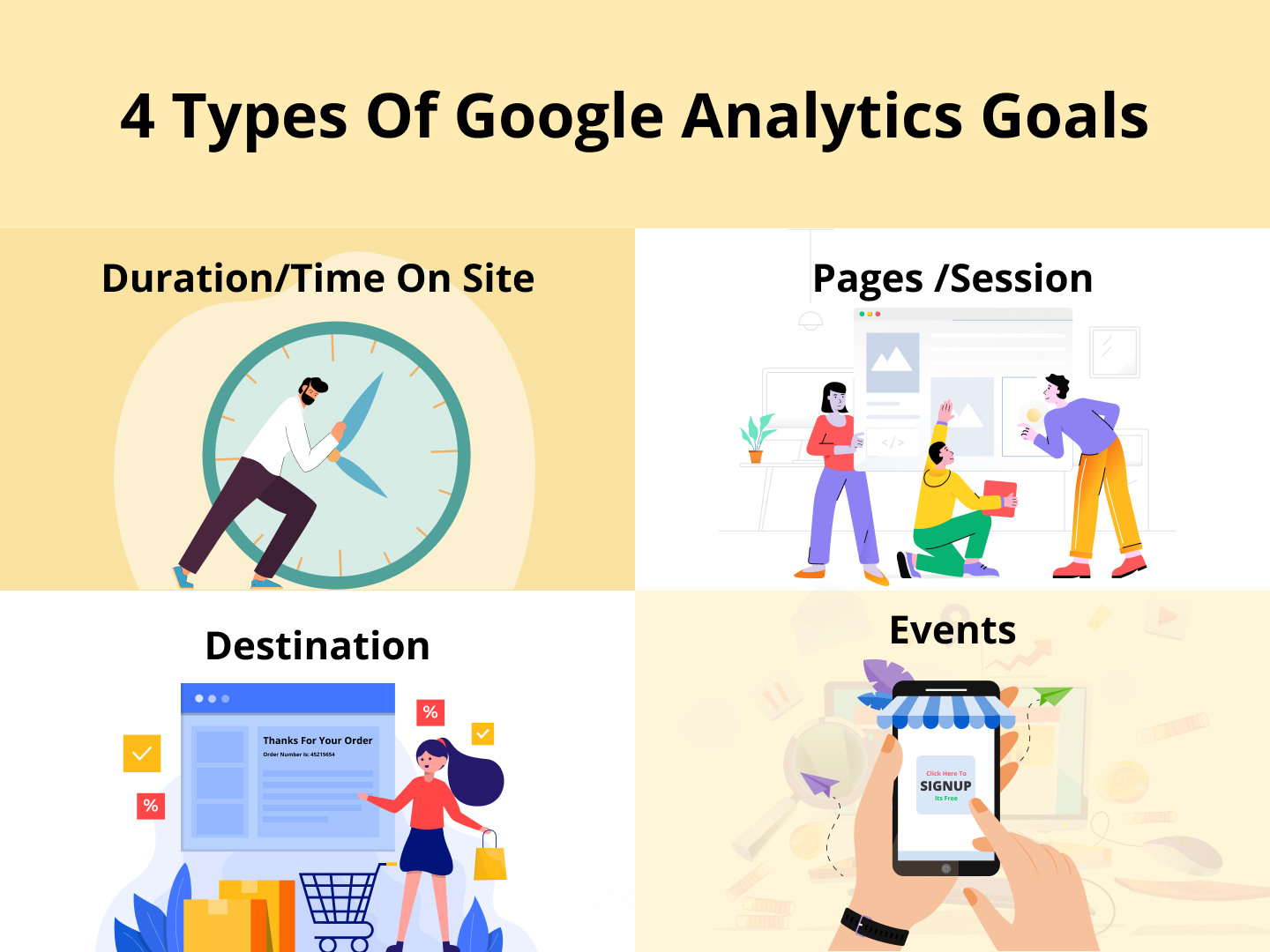What Data Is Google Analytics Goals Unable to Track: Find Out the Limitations
What Data Is Google Analytics Goals Unable to Track: Find Out the Limitations
Blog Article
Revealing the Blind Attractions: Understanding What Google Analytics Goals Can not Gauge
In the world of digital analytics, Google Analytics stands as a powerful device for tracking and examining online individual communications. However, in the middle of its robust capabilities, there exist unseen areas that commonly avert measurement. Recognizing what Google Analytics objectives can not measure is critical for acquiring a thorough sight of customer actions and involvement. As we look into the details of these blind places, we discover a complex internet of undiscovered regions that hold important understandings into customer activities and motivations, challenging conventional wisdom and shedding light on the constraints of our data-driven understanding.
User Habits on External Operatings Systems
Understanding how users connect on exterior platforms is vital for maximizing online approaches. External platforms, such as social networks networks, recommendation websites, and on the internet forums, play a substantial role in driving web traffic to a company's site. By assessing customer actions on these systems, organizations can obtain beneficial insights right into the performance of their marketing initiatives and the preferences of their target audience.
One key facet of customer actions on external systems is the recommendation resource. By tracking where the customers are originating from, organizations can recognize which platforms are driving one of the most traffic to their website. This details can help firms designate their resources better, concentrating on the platforms that yield the most effective results.

Offline Communications and conversions
Evaluating user actions on exterior platforms gives beneficial understandings right into on-line approaches; however, considering offline conversions and interactions is just as imperative for a detailed understanding of a firm's general performance. While Google Analytics stands out at tracking on-line communications, it drops brief in catching the total client trip that frequently consists of offline touchpoints. Offline conversions, such as in-store acquisitions or phone questions, play a significant function in numerous services' success. Ignoring these communications can lead to a distorted view of the effectiveness of advertising and marketing campaigns and total company performance.

Attribution Beyond Last Click
When diving into the realm of electronic advertising analytics, it ends up being necessary to look past the solitary touchpoint of the last click for a more extensive understanding of attribution. While Google Analytics provides beneficial understandings right into user actions, relying solely on last-click acknowledgment can be limiting - what data is google analytics goals unable to track. Acknowledgment models that go beyond the last click offer a much more nuanced view of the client journey, taking right into account all the touchpoints that lead to a conversion
Acknowledgment past the last click enables online marketers to designate credit report to various communications along the conversion course, giving a more clear image of the performance of various marketing channels. By checking out multi-touch acknowledgment models such as direct, time degeneration, or position-based attribution, companies can better assign their advertising spending plans and maximize their strategies for optimal effect.
Recognizing the influence of each touchpoint in the conversion procedure is crucial for making educated choices and making best use of ROI. By welcoming acknowledgment beyond the last click, companies can acquire deeper understandings right into customer behavior and customize their advertising efforts better.
Cross-Device and Cross-Browser Monitoring

In a similar way, cross-browser monitoring matches cross-device tracking by recording customer behavior as they switch over between different internet internet browsers. Comprehending how individuals connect with web sites on various internet browsers can assist marketing experts optimize their on-line experiences to make sure uniformity and performance throughout different platforms.
Qualitative Information and User Intent
Recognizing individual intent through qualitative information analysis is critical for creating targeted electronic advertising methods that resonate with the demands and preferences of the target audience. Qualitative data supplies understandings into the 'why' behind user actions, dropping light on motivations, feelings, and choices that measurable data alone can not capture. By evaluating individual responses, comments, and interactions, marketing professionals can uncover valuable info regarding customer intent, permitting them to tailor their messaging, material, and offerings to better straighten with what their target market is seeking.
Qualitative data also helps in understanding the context in which individuals engage with a web site or app. This contextual understanding allows marketing experts to create even more appropriate visit this page and personalized experiences, inevitably driving greater interaction and conversion rates. By diving into individual intent with qualitative data evaluation, organizations can acquire a deeper understanding of their target market, leading to extra effective marketing methods that fulfill customers' expectations and requirements.
Final Thought
In final thought, Google Analytics goals have constraints in gauging user behavior on exterior platforms, offline conversions, acknowledgment beyond last click, cross-browser and cross-device tracking, and qualitative information associated with user intent. what data is google analytics goals unable to track. It is crucial for companies to be knowledgeable about these unseen areas in order to supplement their data evaluation with various other devices and techniques to obtain an extra detailed understanding of their audience and enhance their total digital advertising and marketing methods
By evaluating customer habits on these platforms, services can get beneficial insights into the effectiveness of their marketing initiatives and the preferences of their target imp source audience.
Evaluating individual habits on outside systems offers valuable understandings right into online approaches; however, thinking about offline conversions and communications is just as vital for a detailed understanding of a company's general performance.In electronic marketing analytics, relocating beyond last-click attribution to discover cross-device and cross-browser tracking is vital for getting an alternative understanding of user communications across various platforms and devices. By analyzing user comments, remarks, and interactions, marketing professionals can reveal important details regarding user intent, allowing them to customize their messaging, web content, and offerings to much better straighten with what their target market is looking for.
By delving into individual intent with qualitative information evaluation, organizations can acquire a much deeper understanding of their target audience, leading to much more reliable marketing strategies that satisfy individuals' needs and assumptions.
Report this page